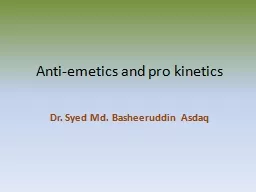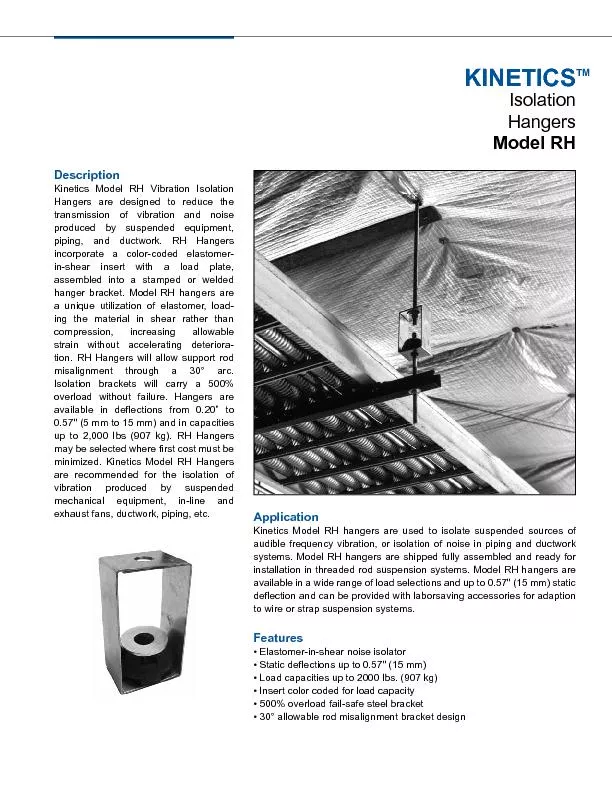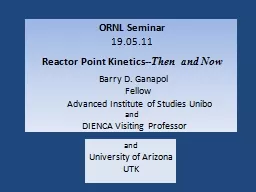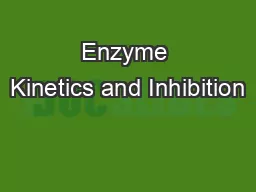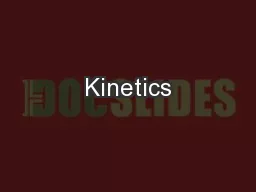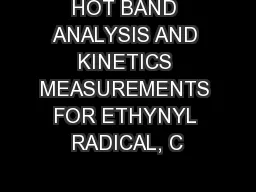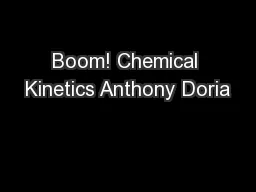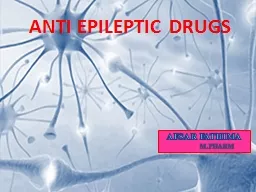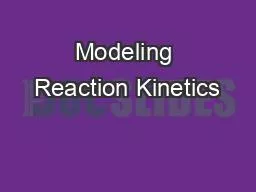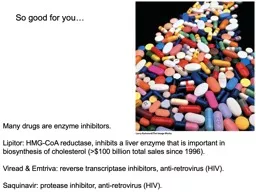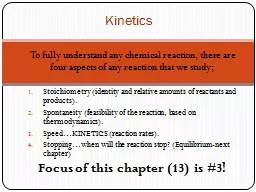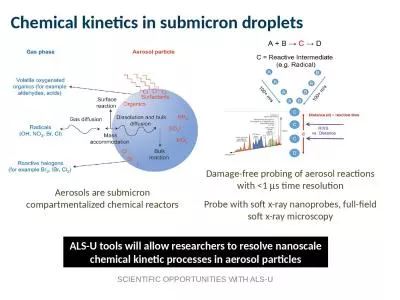PPT-Anti-emetics and pro kinetics
Author : emmy | Published Date : 2022-02-15
Dr Syed Md Basheeruddin Asdaq Learning outcomes At the end of lecture students should be able to Enlist the agents used as antiemetic and pro kinetic Discuss
Presentation Embed Code
Download Presentation
Download Presentation The PPT/PDF document "Anti-emetics and pro kinetics" is the property of its rightful owner. Permission is granted to download and print the materials on this website for personal, non-commercial use only, and to display it on your personal computer provided you do not modify the materials and that you retain all copyright notices contained in the materials. By downloading content from our website, you accept the terms of this agreement.
Anti-emetics and pro kinetics: Transcript
Download Rules Of Document
"Anti-emetics and pro kinetics"The content belongs to its owner. You may download and print it for personal use, without modification, and keep all copyright notices. By downloading, you agree to these terms.
Related Documents

